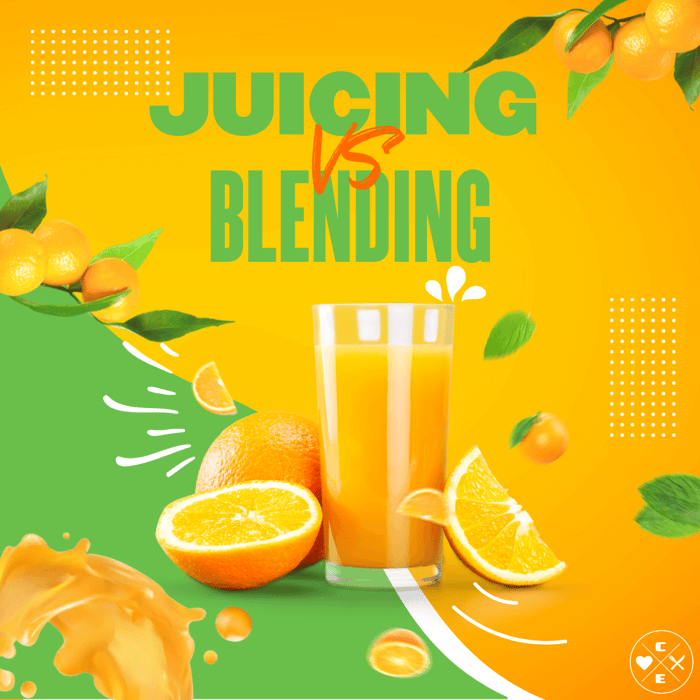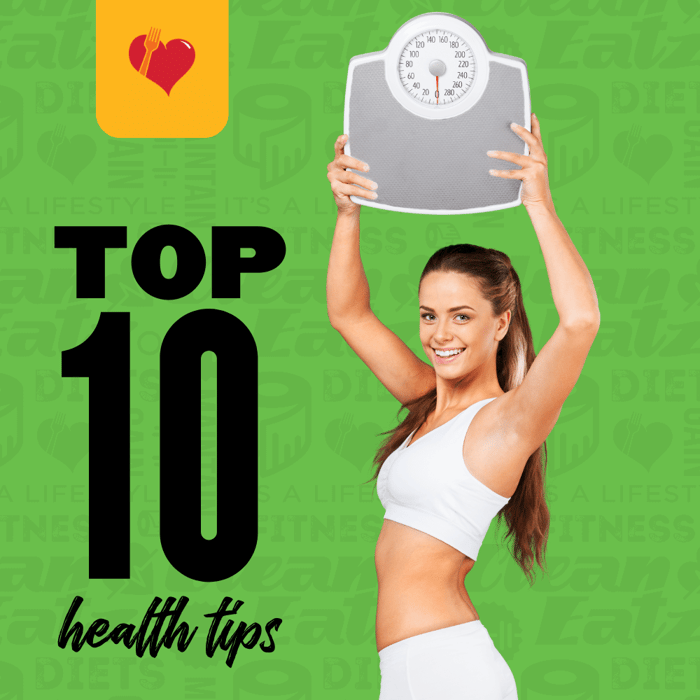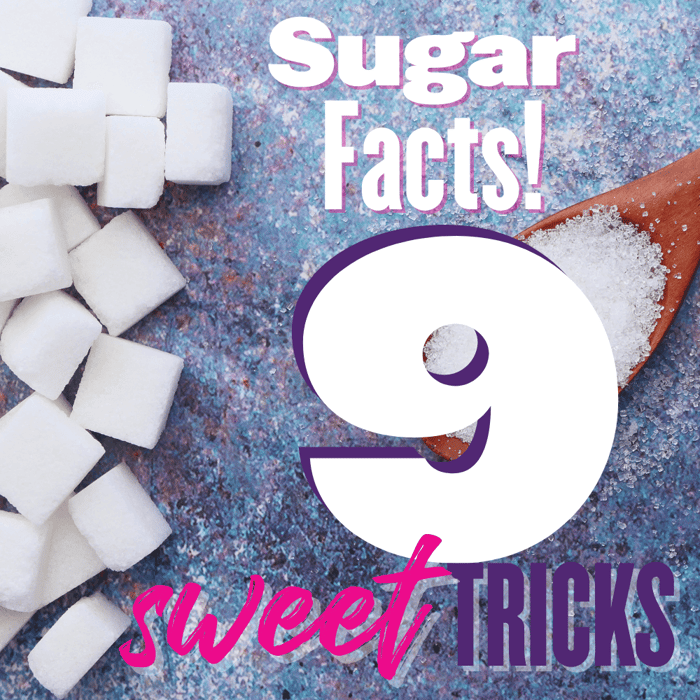Last updated: September 11, 2025
Juicing vs Blending: Which Is Better for Weight Loss?
Quick answer: Both can fit a healthy routine, but for most people blending (smoothies) is better for weight loss because it keeps the whole fruit/veg fiber that supports fullness and steadier energy. If you enjoy juice, keep portions small (8–12 oz) and mostly vegetable-forward.
What’s the Difference?
| Aspect | Juicing | Blending |
|---|---|---|
| How it works | Extracts liquid; removes most pulp/fiber | Purees the whole food (fiber stays in) |
| Fullness | Lower (less fiber/volume) | Higher (more fiber/volume) |
| Typical calories* | 8–12 oz veg-heavy ≈ 60–150; fruit-heavy ≈ 120–220 | 12–16 oz smoothie ≈ 300–450 when built well |
| Best use | Veggie variety, light drink with a meal | Balanced meal/snack when you add protein |
*Brand/ingredients vary—always check your label or recipe.
Which Is Better for Weight Loss?
Blending wins for most goals because fiber and thickness help control appetite. Smoothies also make it easy to add measured protein for better recovery and satisfaction. If you love juice, enjoy it with a protein-rich meal or as a small veggie-forward side.
Pros & Cons at a Glance
Juicing
- Pros: concentrates veggie flavors; easy to drink; helps increase produce variety.
- Cons: minimal fiber; fruit-heavy blends can be higher in sugar; pricier produce/use & more cleanup.
Blending
- Pros: keeps fiber; customizable; can be a full meal with protein and measured fats.
- Cons: easy to over-pour ingredients; large portions can spike calories if unmeasured.
Smart Juice Guidelines
- Portion: 8–12 oz (240–355 ml).
- Ratio: aim for 2–3 parts vegetables to 1 part fruit (e.g., cucumber + celery + lemon + apple).
- Pair it: have juice with a protein-rich meal (eggs, Greek yogurt, lean entrée) rather than by itself.
- Food safety: refrigerate promptly; drink within 24–48 hours.
Simple Smoothie Formula (≈300–450 kcal)
- Protein: 20–35 g (e.g., 1 scoop Protein Powder or 3/4–1 cup Greek yogurt).
- Fruit: 1 cup berries/banana/mango (frozen works).
- Veg: big handful spinach or 1/2 cup cucumber/zucchini/cauliflower rice.
- Liquid: 8–12 oz water/unsweetened almond milk.
- Fats (measured): 1–2 tsp chia, flax, or nut butter (optional).
Quick Recipes
Juices (8–12 oz)
- Green Light: cucumber + celery + lemon + small apple + ginger.
- Carrot Citrus: carrots + orange + lemon (optionally add turmeric).
Smoothies (12–16 oz)
- Berry Protein: protein powder, mixed berries, spinach, almond milk.
- Tropical Greens: Greek yogurt, pineapple, spinach, water; 1 tsp chia.
- PB Banana (measured): protein powder, banana, 1 tsp peanut butter, almond milk, cinnamon.
Common Mistakes & Easy Fixes
- Fruit-only juice/smoothie: add greens and protein for balance.
- Free-pouring add-ins: measure nut butters, oils, sweeteners.
- Gigantic portions: use a 12–16 oz cup for smoothies; 8–12 oz glass for juices.
- Using drinks as your only produce: still eat whole fruits/veggies for chewing, fiber, and satisfaction.
Make Nutrition the Easy Part
Keep calories and protein on target without guesswork. Explore our Weight-Loss Meal Plan, build a week with Build-a-Meal Plan, and stock quick staples like Overnight Oats and our Protein Powder.
FAQs
Is juicing or blending better for weight loss?
Blending usually works better because fiber helps you feel full. If you enjoy juice, keep it veggie-forward and in small portions alongside a protein-rich meal.
Does blending destroy nutrients?
Nutrients are largely preserved when you blend and drink soon after. Oxidation can increase over long storage, so enjoy smoothies fresh.
Do I need a juice cleanse to “detox”?
No. Your body already has detox systems (liver, kidneys). Focus on balanced meals, hydration, sleep, and regular activity.
Can a smoothie be a meal replacement?
Yes—when it includes protein (20–35 g), fruit/veg, and measured fats, and fits your calorie goals.
How do I keep sugar lower?
Use more veggies, choose berries/citrus over multiple sweet fruits, measure portions, and avoid added syrups/honey unless planned.
Disclaimer: This article is for general information only and isn’t medical advice. Nutrition varies by recipe and brand.




